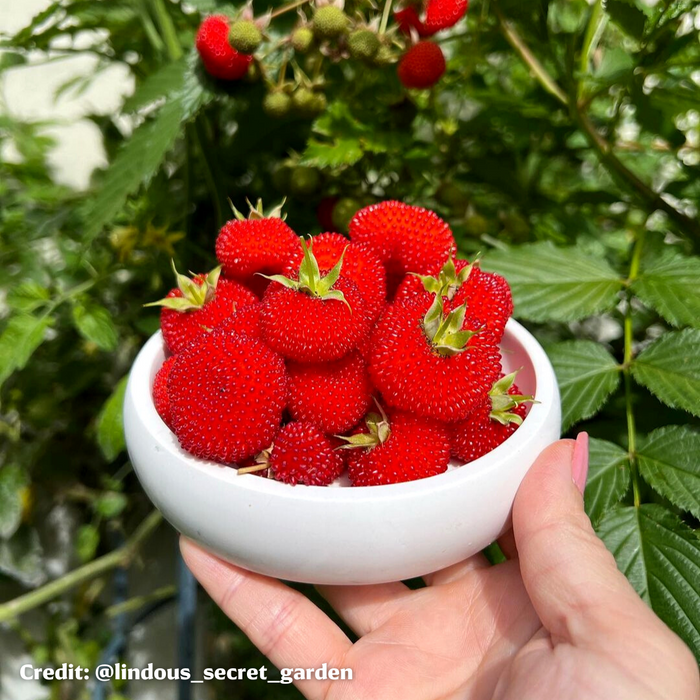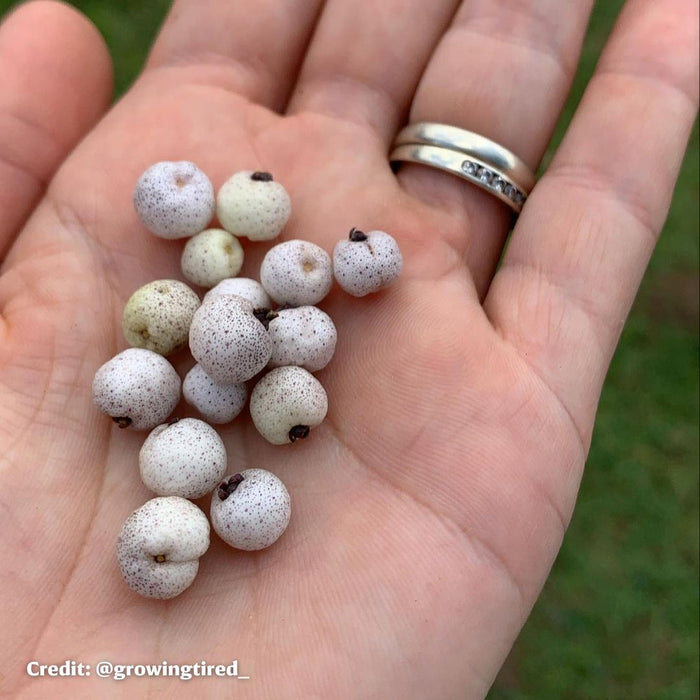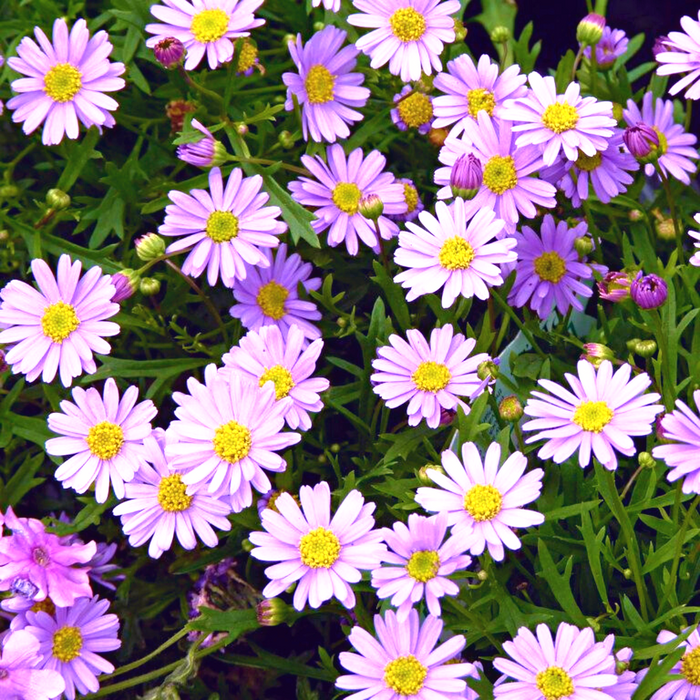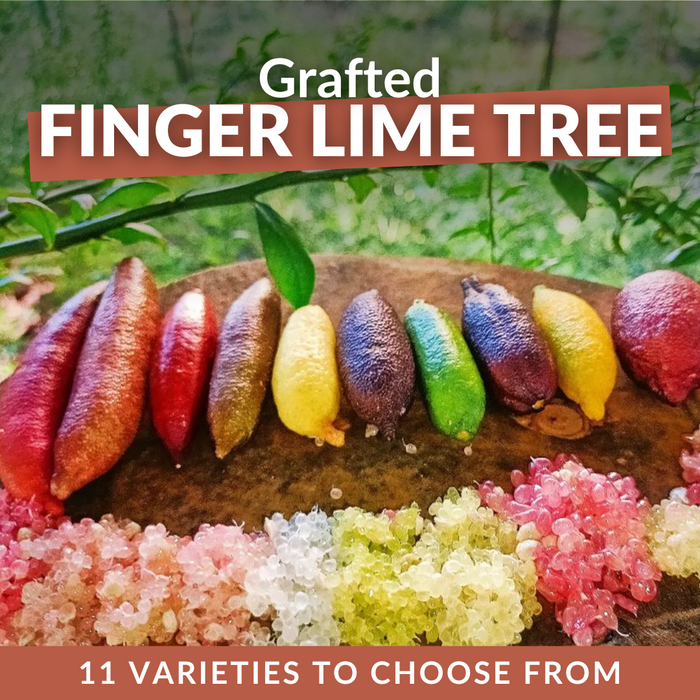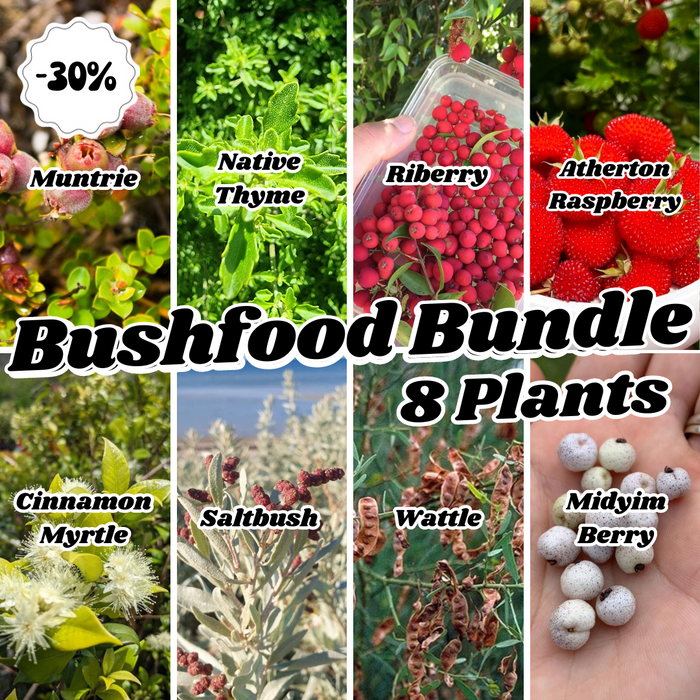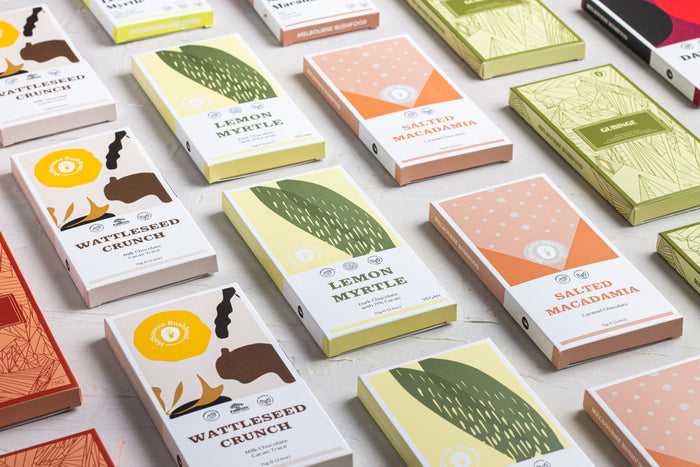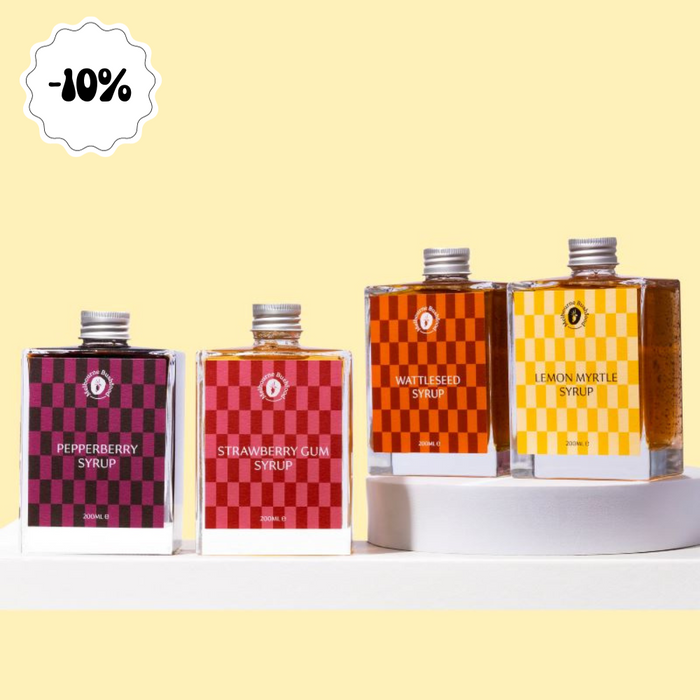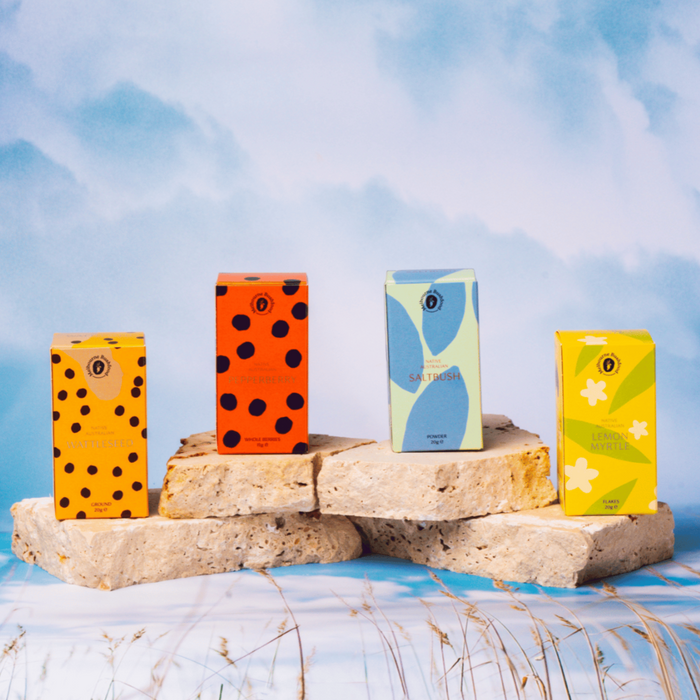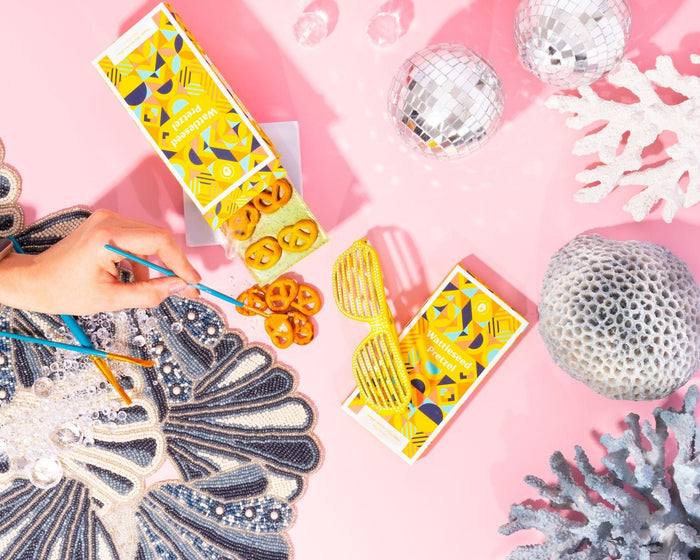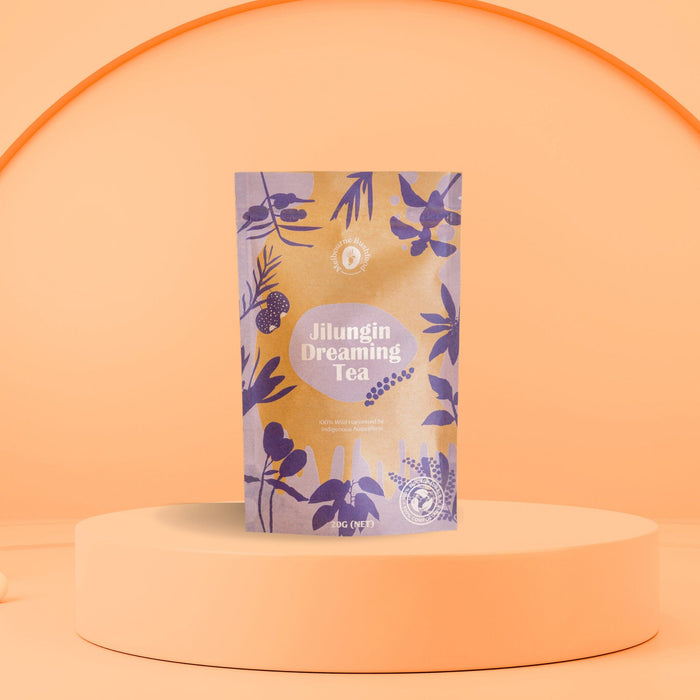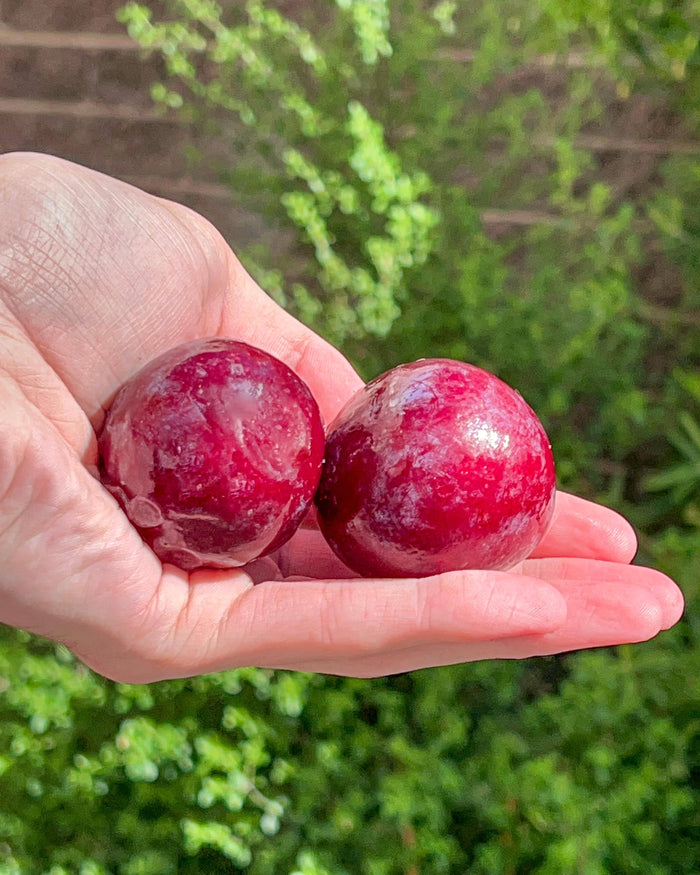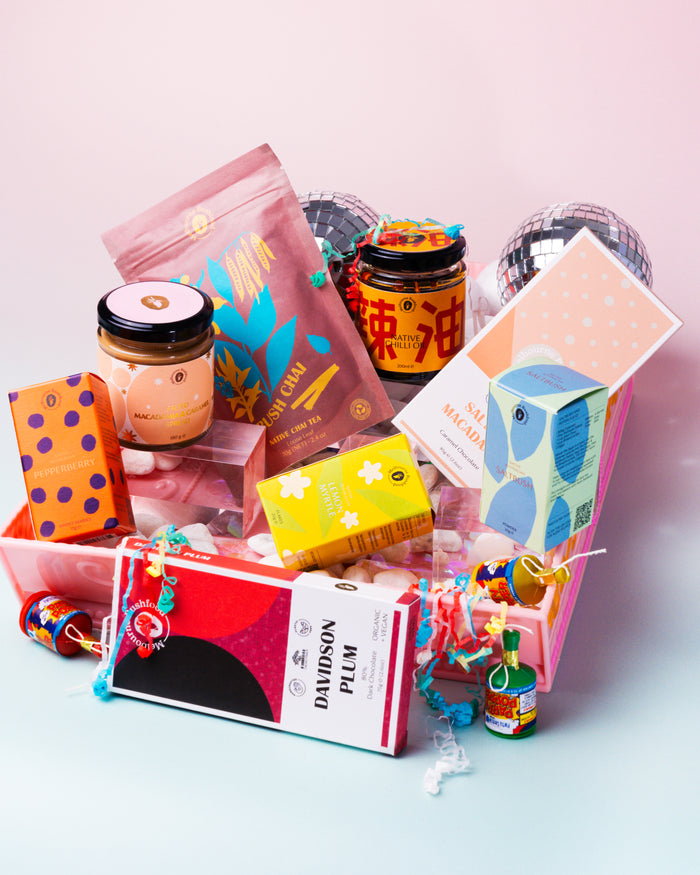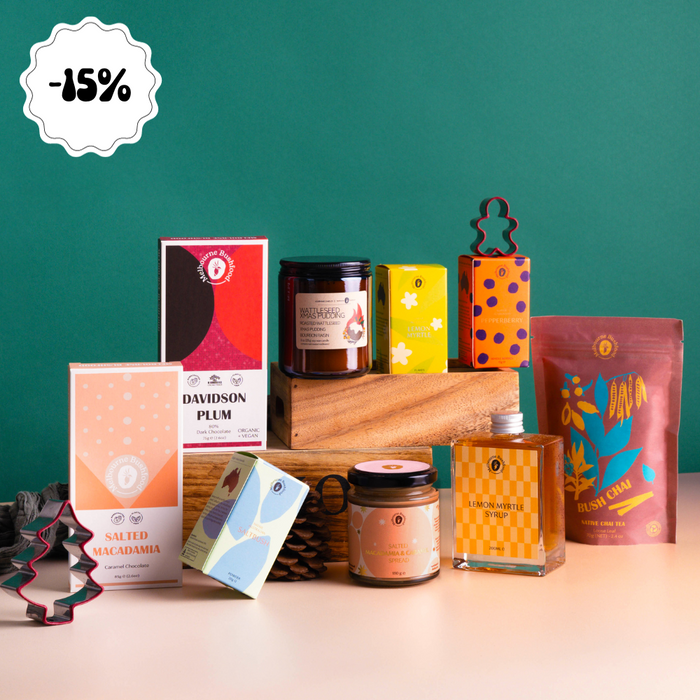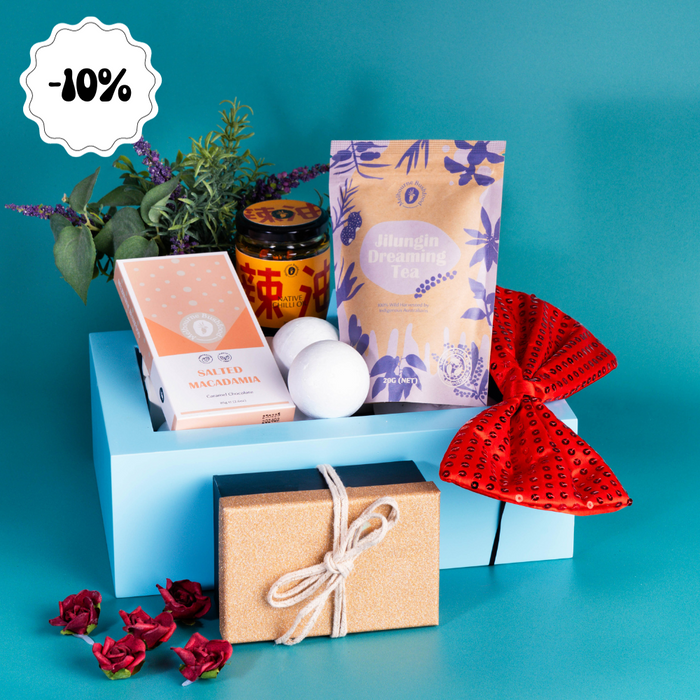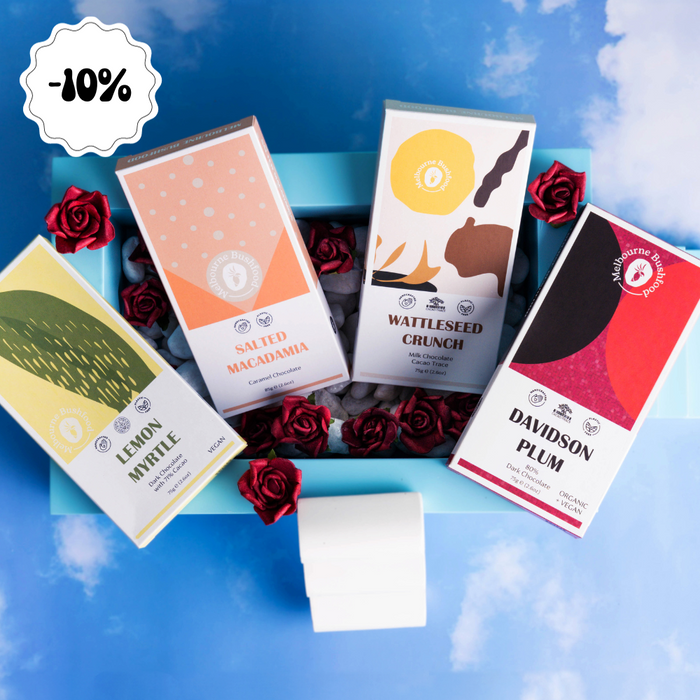

Yellow Tea Tree - Leptospermum polygalifolium - Care Guide
Leptospermum polygalifolium! More commonly referred to as the Yellow tea Tree, this shrub/tree is native to eastern Australia. It grows gorgeous creamy white flowers.

You can expect this spectacular native to blossom with creamy white flowers in late Spring through to Summer.
Quick Care
| Botanical Name | Leptospermum polygalifolium |
| Size Plant: | Seedling pot, min 20 cm tall |
| Frost Tolerance: | Tolerates Light Frost |
| Drought Tolerance: | Drought Tolerant |
| Soil Type: |
Well-drained, Moist moderate drainage
|
| Sun: | Full-sun/Part-shade |
| Size: | 3m Shrub/Tree |
| Pots: | Does well in pots |
| Feeding: | Feed a high-quality native plant food every 6 months. |
Planting
For best results, plant your Yellow Tea Tree in well-drained, moist with moderate drainage soils (it can also survive in poorer soils) and place your plant in full sun. You can also grow in part shade for reasonable results. This dense, thicket can attain a height of up to 3m. It's the perfect feature tree or ground cover.
Frost tolerance
Able to handle light frost, Yellow tea Tree is relatively frost-hardy. If you live in a cooler climate like Melbourne keep it sheltered in the Winter months if possible.
Sunlight
This lovely species does well in full sun but it can thrive in part sun.
Maintenance
Watering & Drought Tolerance
Yellow Tea tree is a hardy species and drought tolerant. During wintertime, you can hold back on watering but as the temperature increases ensure that you're keeping your plant reasonably well watered to prevent trying out.
Fertilising your Yellow Tea Tree
As a super low-maintenance plant, Yellow tea Tree won't require much in the way of fertilising. We recommend feeding your plant every Spring with a dose of cow manure or organic fertiliser if you don’t have great soil.
Growing Yellow Tea tree in pots
Yellow Tea Tree does well in pots. Keep it in a sunny spot on a balcony or backyard and use a high-quality potting mix without fillers or additives and add your own plant food for the highest success.

